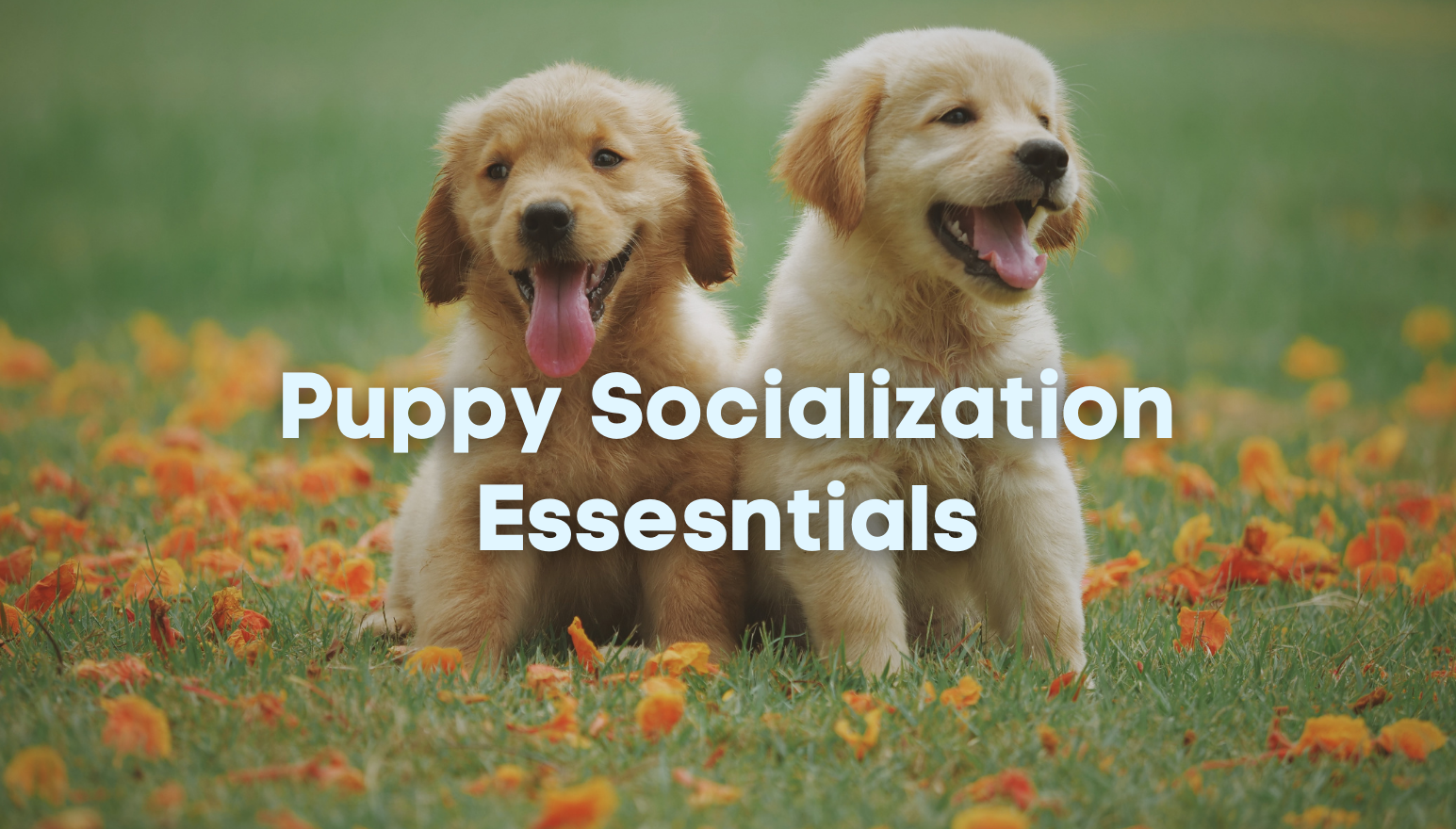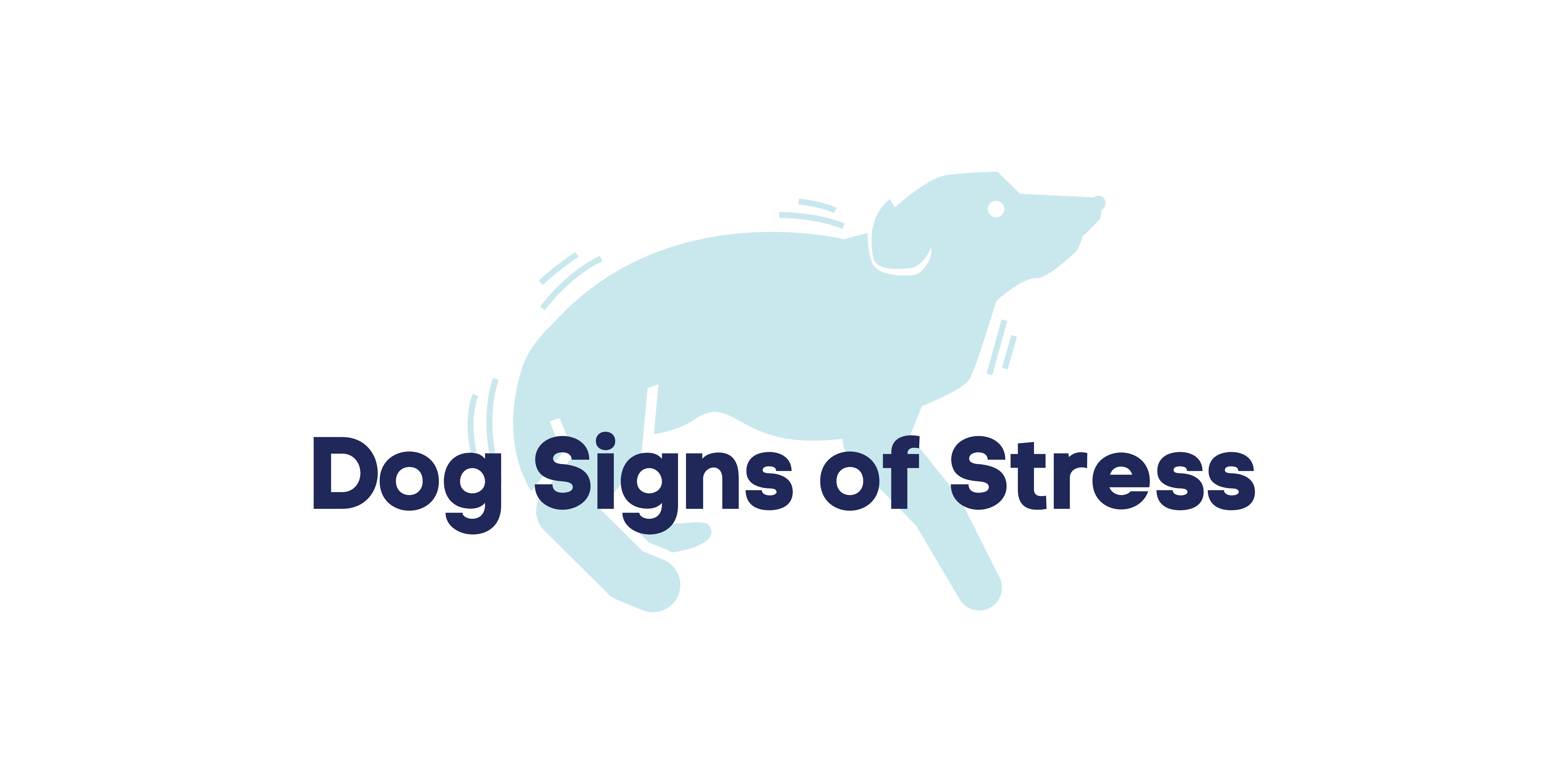
By Brenna Fender
When canine athletes (or energetic pets) get injured or become ill, their recovery time can be full of frustrating inactivity. Fortunately, there are many ways to keep your dog happy and mentally healthy when he’s on crate rest or limited activity.
When Your Dog Must Rest Veterinarian-prescribed crate rest can be difficult for both dog and handler. What can your dog do for fun without moving? The answer often revolves around food. Most dogs love to lick, chew, and eat, so treats can be a good choice. But simply pumping a dog full of treats will cause excessive weight gain and possibly nutritional imbalance. The key is to find ways to engage your dog’s food drive without overfeeding him.
Kongs can be a very handy way to keep your dog busy with fun treats. Kelly Rossi filled the hard rubber, hollow toys with peanut butter, canned pumpkin or yogurt and mixed in kibble or treats years ago when her Boxer, Raven, was recovering from surgery. After stuffing the Kongs, she froze them. “They [lasted] a long time and [made] her tired when done,” Rossi said. Raven also consumed long-lasting chew treats, including veggie yam and sweet potato rawhide, chicken strips, bully sticks, rawhide flips, and turkey medallions. Big Boyz sweet potato chews kept Liz Beyer’s dogs happy and busy during recovery and beyond, she said. Beyer’s mixed breed dog, Bandit, had several injuries and illnesses to recover from during her life, and the Front Porch Pets brand of chew treats kept her happy every time.
Making a dog work to get treats can trigger “prey drive” as well as “food drive”, making the activity even more stimulating. Rossi hid treats inside puzzle toys and Raven happily ripped them apart to find her prize. Adrienne McLean, whose mixed breed, Judy, was sidelined from agility due to a back problem, said, “I cut holes in regular old plastic balls and put something in there that she couldn’t quite get out (a liver treat or something else smelly) and she would spend quite a bit of time, even just in her crate, nosing it around until the treat finally came out.” The Everlasting Treat Ball is a great product that works similarly. The puncture-resistant ball can be filled with kibble or treats and then one or both of the open ends can be packed with an Everlasting Treat, which acts as an edible “cap” for a dog to work through. Even tough chewers can enjoy this treat for several hours from a relatively stationary position, according to s.
Food isn’t the only way to keep your sidelined hound happy. Jennifer Bachelor, who owns very successful obedience and agility greyhounds, said, “Sit out in the sun – getting a little can make them tired.” She also suggested spending time grooming your injured dog. Even short-haired dogs can enjoy being brushed, and you’ll reduce shedding and dirt in the process.
Being forced to rest during recovery doesn’t mean that all training has to stop. Angelica Steinker, a certified dog trainer and of Courteous Canine Dog Smith, suggested several options: “If you have a dog limited in movement because of an injury, there are lots of things you can shape. For example, have your dog lie down, and you can use your clicker to shape head movements.” Steinker said that a dog that can move one paw or even his nose can learn to indicate items based on a cue. Teach a dog to touch a particular object when prompted so that the dog can pick that object out by name. Eventually you could have several objects out, like a ball, a toy, and a bone, and ask the dog to indicate the ball, for example. Or play a matching game – have the three items in front of your dog and the same three items behind your back. Your dog should indicate his ball when you show yours, for example. “This type of training is very mentally taxing so you can get a lot of bang for your buck shaping discriminations like this,” Steinker said.
Owners can take the discrimination concept a bit further and teach their dog to “read,” according to Steinker. To do this, train the dog that the cue to indicate or pick up an object (like a ball) is a flashcard with the word on it. It may take a long time for your dog to understand that different words are different cues. All of these discrimination exercises are challenging, so make sure you keep things fun and upbeat. Using a clicker to shape the behavior may add to the fun and help keep the training session positive.
Other “busy work” can include asking your dog to indicate which hand a treat is in, and other stationary exercises. Rossi said, “We [worked] on a lot of attention exercises to keep Raven mentally sharp…. We still do hand touches and stationary touch.”
When Your Dog Can Move
Dogs that have been on crate rest may have weeks of limited activity as they recover. Other dogs may never have to rest in their crates but may still be sidelined from sports and active pursuits for some time. While these dogs can still benefit from the activities already mentioned, there are more things they can do.
There are a variety of treat dispensing toys that dogs can push around on the floor, including Buster Cubes, Busy Dog Balls, and Amaze-a-Balls. McLean said she bought cheap stuffed toys, removed the squeakers, and allowed her dog some supervised shredding time. Linda Martuch of Genuine Dog Gear said, “Go hunt! Play hide and seek with toys and treats.” You can also make discrimination games more active by having your dog move to find the items you indicate.
As your dog regains mobility, you can work on more training exercises. Rossi found a way to brush up on agility skills while Raven recovered: “Once she was able to sit, I had her sit and stay for her food, then released her to it with ‘OK’ to work on our [agility] start line stays and more self-control.” Rossi also taught Raven to do various tricks. Once a dog is cleared by the veterinarian to increase movement, he can go on car rides and gaze out the window (use a seatbelt and keep the window closed). A ride on a boat might be a wonderful treat. When a dog can take slow walks, you may be able to incorporate gentle turns, sits, and downs.
Obedience exercises can keep the mind and body busy; attention practice and heeling may be safe. Dogs can also indicate targets, do short go outs, and try some rally moves if their veterinarians approve. Other sports, like tracking, might be safe for a dog that is not cleared to do obedience jumps or agility. Swimming is frequently recommended by s of recovering or recovered dogs. Since it is a non-weight-bearing, full-body activity, it can certainly help get weakened dogs back in shape while tiring both their minds and bodies.
Be Careful
Always discuss potential activities for your rehabilitating dog with your veterinarian and follow his or her instructions. Certain movements may endanger your dog’s recovery. There will be many opportunities for you to train your dog later. Don’t sacrifice your dog’s health in order to have fun during rehab.
A version of this article first appeared in DogSport Magazine.




